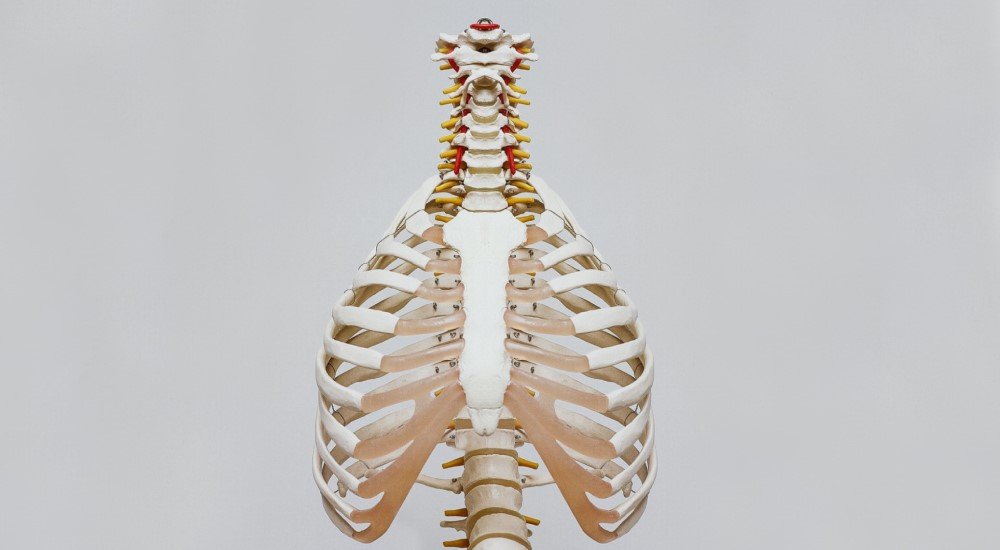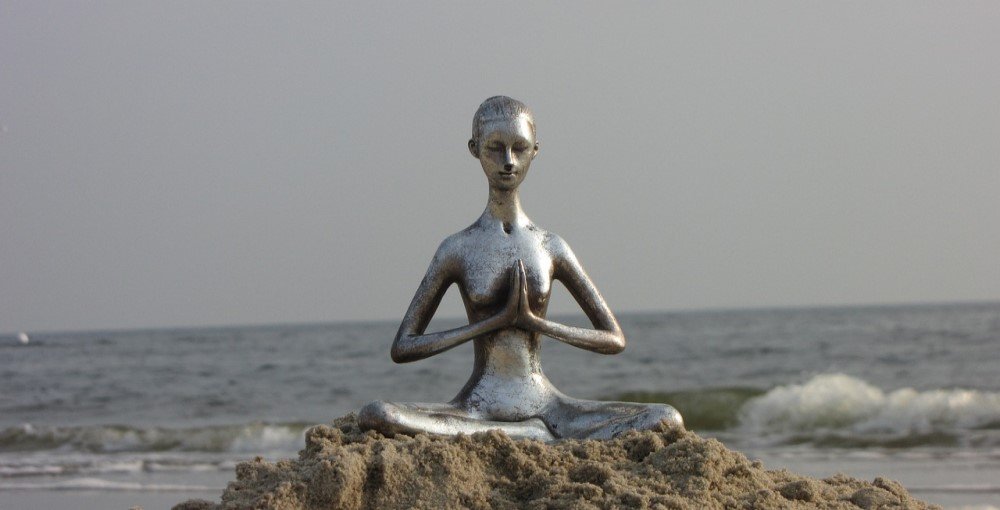The Theoretical Basics of Pranayama Breathing
Practicing pranayama doesn’t simply mean to breathe in deeply and then out again. Pranayama is a complex system of breathing exercises that are said to have various positive effects on your health, be it mental or physical. It is also an integral part of a yoga practice, but since it doesn’t look as spectacular as some yoga poses, it still gets less attention. We would like to introduce you to the theoretical basics of pranayama breathing.
Prana Means Life Force
Sanskrit words and expressions usually have a deeper meaning that goes beyond a simple translation. We only have a vague idea of which meaning many Sanskrit terms might have carried in Indian philosophy.
Prana can be translated simply as “breath”, but carries the deeper meaning of life force, with ayama meaning “extension”. This already might indicate that the way we breathe stands in connection to our vitality.
The quality of our breath also affects the quality of our lives.
We are born with the ability to breathe. The trouble is that we don’t use this skill to its full potential.
Our emotions can affect our breathing significantly. Every difficult emotional state like anger, depression or stress manifests on the physical level. Our breaths are short and our body feels cold.
If we learn how to breathe properly, all these effects can be reversed and we can even influence our emotional state.
When the Buddha was asked how he attained enlightenment, he replied through breathing.
“Prana is the energy that pervades all levels of the universe. Physical, mental, intellectual, sexual, spiritual and cosmic energy. This is the first mover behind every activity. Energy that creates, sustains and destroys. According to the Upanishads, ancient Indian philosophical texts,, prana is the principle of life and consciousness, which is considered to be identical with the Spirit.
Prana is the most essential, real and most present feature of every moment of our lives, yet it remains very mysterious. The task of yoga, and especially pranayama, is to penetrate the depths of this secret,”writes BKS Iyengar in his book Life in a New Light.

The Purpose of Breathing Exercises
With breathing exercises you consciously and attentively change the pattern and the quality of your breathing. You rewrite your usual breathing pattern.
And since we always take our breath with us, we can practice anywhere and anytime.
Exercises for Proper Breathing
Proper breathing means that the entire abdominal wall and chest rise together and then sink back during exhalation. When only the chest rises slightly up and down, the breath doesn’t have any depth. This is usually the breath of someone who is not paying attention to their breathing.
For deep inhalation, during which the abdominal wall is also filled, the rib cage also expands, thus creating a kind of massage in the intestines, which prevents the abdomen and intestines from becoming greasy.
On average, 500 cubic centimeters is a breath that fills the lungs, but during pranayama exercises, the lower abdomen, rib cage, and lungs also expand, allowing 3,000 cubic centimeters of air to breathe. With more oxygen, more prana and exercise, our vital capacity will gradually increase.
In elderly people, with the weakening of respiratory functions, restful and rapid breathing can be observed when the respiratory functions are weakening. They often have little strength, their vitality decreases, and their living energy is depleted. The lungs normally filled 16-18x in 1 minute. In their case, that number is much more, but it is shallow breathing.
Strong smoking, poor posture, obesity, a dented chest, regardless of age, result in physical weakness and decreased resilience and are closely related to quality of breathing.
After understanding the theoretical basics of pranayama breathing, you can follow guided pranayama sessions on Youtube, till you are able to develop an independent practice.
[youtube v=”e3Xm0nyk8vg”]
The Importance of Respiration
Respiration is crucial for the intake of oxygen and the release of carbon dioxide by cells. These processes are the foundation of all our operational functions. The foundation of movement, thinking and digestion. Without breathing, these processes would not take place either. Therefore, with an improved quality of respiration, you can see an improvement in these processes too.
At the energy level, practicing pranayama fills the energy body with life force. The mechanism of conscious breathing is used in Thai chi, chi-kung and kung fu exercises. Most often you see this when watching high level practitioners doing stunts like leaning their throats against a spear or breaking a stone with their hands by condensing the prana or energy body with the help of breathing exercises.
Masters of conscious breathing, some Indian yogis are able to regulate their heartbeat and even stop it.
These are not magical abilities, it just needs years of intensive practice and mastery of pranayama breathing.
Many don’t believe that breath alone can have such powers. But once your start practicing after understanding the theoretical basics of pranayama breathing, it is only a matter of time till you will be convinced otherwise.
Breathing in Meditation
Our consciousness can be like a little monkey swinging on lianas. We jump from one thought to the next, always worried and anxious. It plans the future and dwells on the past. The only way to an easier, more peaceful life is to learn to be present.
But being present is boring for our mind, so it is always looking for something to crave or to worry about. Breathing can also help with this. Our breath is our present. It is always present and neutral. Therefore, if we learn to focus on our breathing and to be present in it, we will be present in life as well.
Being present, paying attention to breathing is a way to the center, to be in harmony.
We can also practice breathing as a meditation object. Ānāpānasati is a meditation on breathing observation taught by the Buddha.
It can take some time to learn the practical and theoretical basics of pranayama breathing and you can find some help in the best yoga studios in Budapest. Because of its great physiological effects, it is worth investing energy in your practice. Breathing is life, we live because we breathe!
 English
English magyar
magyar